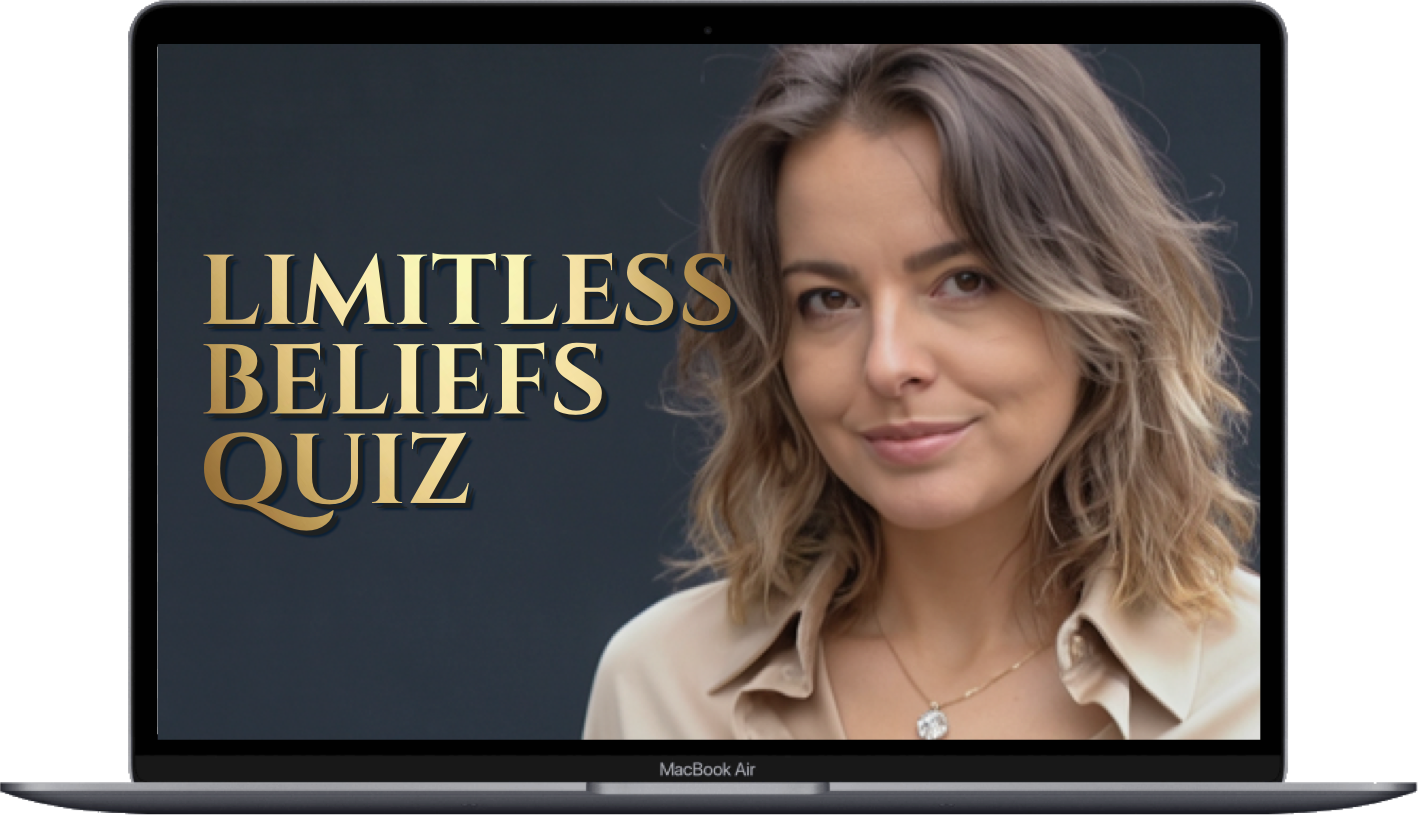“The attempt to escape from pain is what creates more pain.”
—Gabor Mate
We often say we need to “let go” to heal. Or that we must “free up space” to grow. But what if those phrases, born from our physical perception of the world, miss the complexity of our emotional reality? What if the work isn’t to let go at all—but to reorient? To relate differently to what has always been there?
This essay invites you into a deeper inquiry: What really happens when we heal?
Freeing up space isn’t removal—it’s transmutation
The phrase “freeing up space” sounds like we’re decluttering a closet. But the emotional self is not a closet. It’s a multi-dimensional knot, woven with memory, feeling, story, and time. There’s no linear inside or outside, no tidy corner to sweep clean.
Yet the metaphor survives, because something does shift when we heal. The thing that once triggered tension may now invite softness. What once spiraled into shame may now offer wisdom. And in that transformation—not deletion—our consciousness expands. We are no longer constricted by the energy of pain; we are animated by the energy of awareness.
We don’t “remove” a painful experience. We reassign it a new role in our story.
Pain is permanent—but dormant, until we awaken it
Pain doesn’t vanish. It remains where it was born—in the moment it happened. But we keep it alive by revisiting it. Every return, every reactivation, every re-blame of the original source wires the past to our present. The pain begins to act as a permanent tenant in our emotional now.
The more we travel to the past through reliving the traumatic experiences, the more space that past occupies in our current moment – and becomes present over and over again. And our present becomes crowded, unable to hold anything new. Joy, curiosity, and trust don’t disappear—they just don’t fit anymore.
We’re not hurt because the pain is still there. We’re hurt because we keep bringing it here.
Liberation is not forgetting—it’s remembering differently
The only way out of pain is through recognition. Not that the past didn’t happen—but that it doesn’t have to matter right now. That its power over us is conditional, not absolute.
Each time we re-experience pain, we get to practice this reframing. “Ah, there it is again. Old pain. Past pain. Not now.” This isn’t denial—it’s skill. A conscious, practiced disentangling.
That’s where emotional freedom lives. Not in pretending something didn’t happen—but in consistently remembering that it’s already over. It may never stop visiting. But you don’t have to keep hosting it.
Beliefs are built on pain—but they don’t have to be
Most of our beliefs weren’t chosen. They were conclusions drawn by a younger version of us—scared, overwhelmed, trying to make sense of pain. We didn’t select those beliefs. We inherited them.
And as long as the pain feels present, the beliefs shaped by it feel true. But when we sever the active connection to that old pain, something remarkable happens: our beliefs loosen. They start to feel like just one version of reality, not the reality. And that makes space for something radically new.
Beliefs can be redesigned. And not just mentally. Not just by writing affirmations on sticky notes. But by consciously detaching our present choices from our past suffering.
That’s how new beliefs become available. Not through force—but through freedom.
But what if you were the one who caused the pain—through your own mistakes?
Oh, that guilt…
All mistakes, sooner or later, turn into something laughable and small—even the most serious ones. If the lesson a mistake offers can be learned in a few minutes, and if the mistake isn’t globally catastrophic, there’s nothing terrible in letting go of it at that very moment. Let it go completely, and put a period at the end. Stop the cycle of self-blame and guilt, and simply move forward.
Eventually, that mistake will be forgotten, becoming something you can laugh about.
I’m not saying this is an easy thing to do. Some people need time to process the depth of a mistake and its impact on their lives. But then there are those, like me, who continuously revisit moments from the past when we stumbled—whether it was a stupid decision or reckless behavior—and we still scold ourselves, feeling the same way we did in that moment of error.
This often happens because we’re stuck in the feeling itself, trying to avoid experiencing it fully. Instead of acknowledging the depth of the mistake and learning from it, we try to forget it, but it never truly leaves. It lingers, a source of frustration, an “uncompleted” experience that inevitably reappears, often when least expected. And when it resurfaces, it’s usually unforgiven, and we try even harder to avoid confronting it.
But it’s enough to trust the feeling, to go all the way to the bottom, learn the lesson, and consciously move on. Once we do that, the pain of the mistake fades, and it turns into something we can laugh about.
For some, this ability comes naturally. For others, it must be learned. If not, the accumulated frustration from unlearned lessons can turn a person into someone who loses a sense of their own value. They become a failing student—carrying a bundle of unresolved mistakes, unassimilated wisdom, and missed opportunities for growth.
There are no miracles—just movement
Healing doesn’t happen in one triumphant moment. No final goodbye. No grand emotional erasure. What happens is motion. A turning away from the past. A turning toward something more alive, more now.
The pain might still be there, sleeping in some corner of your nervous system. But you don’t live there anymore.
And that’s what healing really is. Not a finish line, not a miracle.
Just… less returning. And more choosing.
Freedom isn’t found in forgetting the past—it’s in recognizing that the past is a collection of image-feeling pairs, representing neural connections. Regular access to this bank of images and experiences is essential for self-awareness and the re-evaluation of oneself. As the personality grows, these connections may break down and form new pairs in response to the creation of new neural pathways.
A person is always evolving, maintaining and creating new neural connections. Success comes when growth supports these pathways, and vice versa.
However, creating new neural pathways significantly different from the old ones can take time and mindfulness. It’s easier to support and build on existing ones.
That’s why personal growth can be challenging. Fortunately, neural pathways are flexible, and with effort, a person can completely transform their life.
Final Thread: The Power of Returning Less
Healing doesn’t promise that you’ll never feel that old ache again. It doesn’t erase what happened. It doesn’t even demand that you forgive or forget. It simply asks: when the pain comes again—will you recognize it as the past?
That recognition, repeated over time, becomes the real release. Not because the past changed. But because you did.



